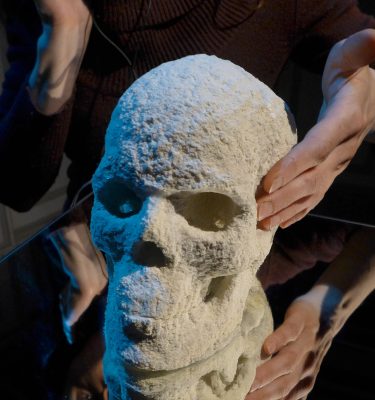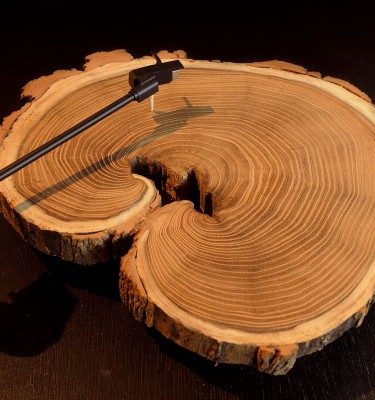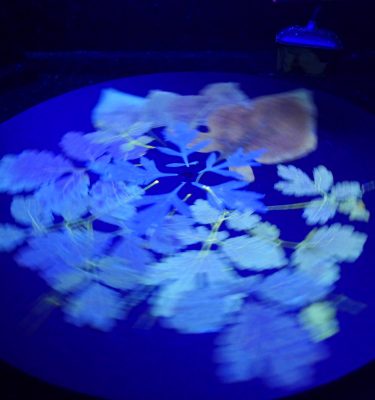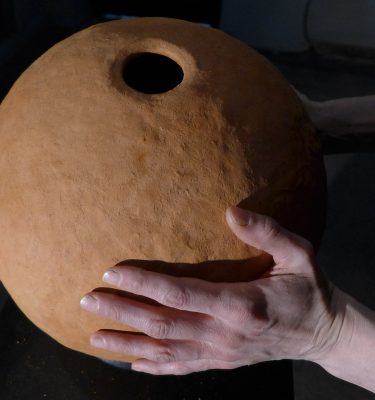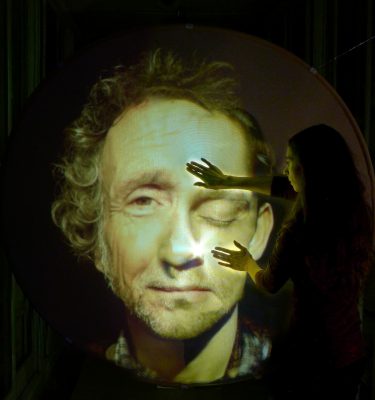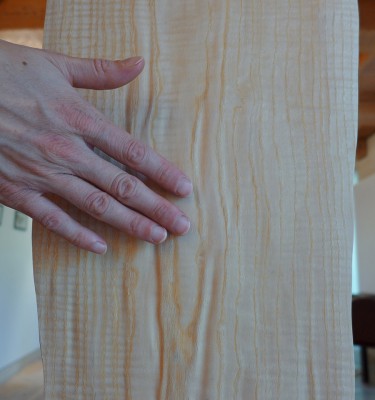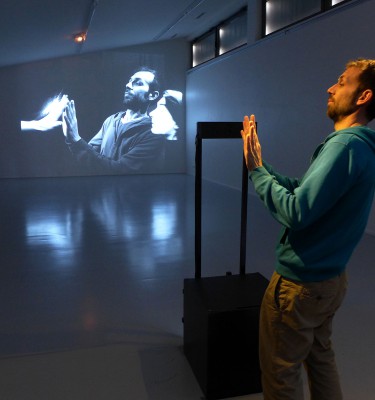Scenocosme is an artist duo of the French artists Grégory Lasserre and Anaïs met den Ancxt. They live in the Rhône-Alpes in France and work together since 2003. There singular creations take shapes through several expressions: interactive installations, plastic art, digital art, sound art, collective performances etc. By distilling digital technology, they bring to light the essence of dreams and poetry, using the living, sensitive and fragile part of it. Being plastic artist, they divert various technologies to create contemporary art works. They develop the notion of interactivity, with which the artwork exists and evolves notably through the physical and social relations that the spectator has with the artwork. They create surprising hybridizations between technologies and living or natural elements. Most of their interactive artworks perceive multiple invisible relations between the body and the environment. They bring sensibility to the tiny energetic variations coming from the living beings by proposing interactive settings where the spectators share extraordinary sensitive experiences. Anais, born in 1981, has a degree from the DNSEP (Ecole nationale supérieure des Beaux-arts de Lyon). She followed a post-diploma course at the Ecole supérieure d’art et de design in Saint-Etienne. She also has a license in anthropology and followed a course in electroacoustic music in the National School of Music in Villeurbanne. Gregory, born in 1976, is a plastic/creator digital artist. He has got a degree in multimedia and several diplomas in informatics and electronics. He creates interactive artwork since 2002. He also collaborated to the creation of multimedia shows with some theatre companies. When they create their interactive artworks, they explore the abilities that technology can offer them in order to draw at the heart of their creations, sensitive relations to increase our senses and perceptions. Their artistic process is characterized by the introduction of natural elements in their artistic and technologic installations, as plants, stones, water, wood and the human body. They are interested in the energetic influences of the living corps as possible sources of interactions, such as electrostatic energy and the heat.
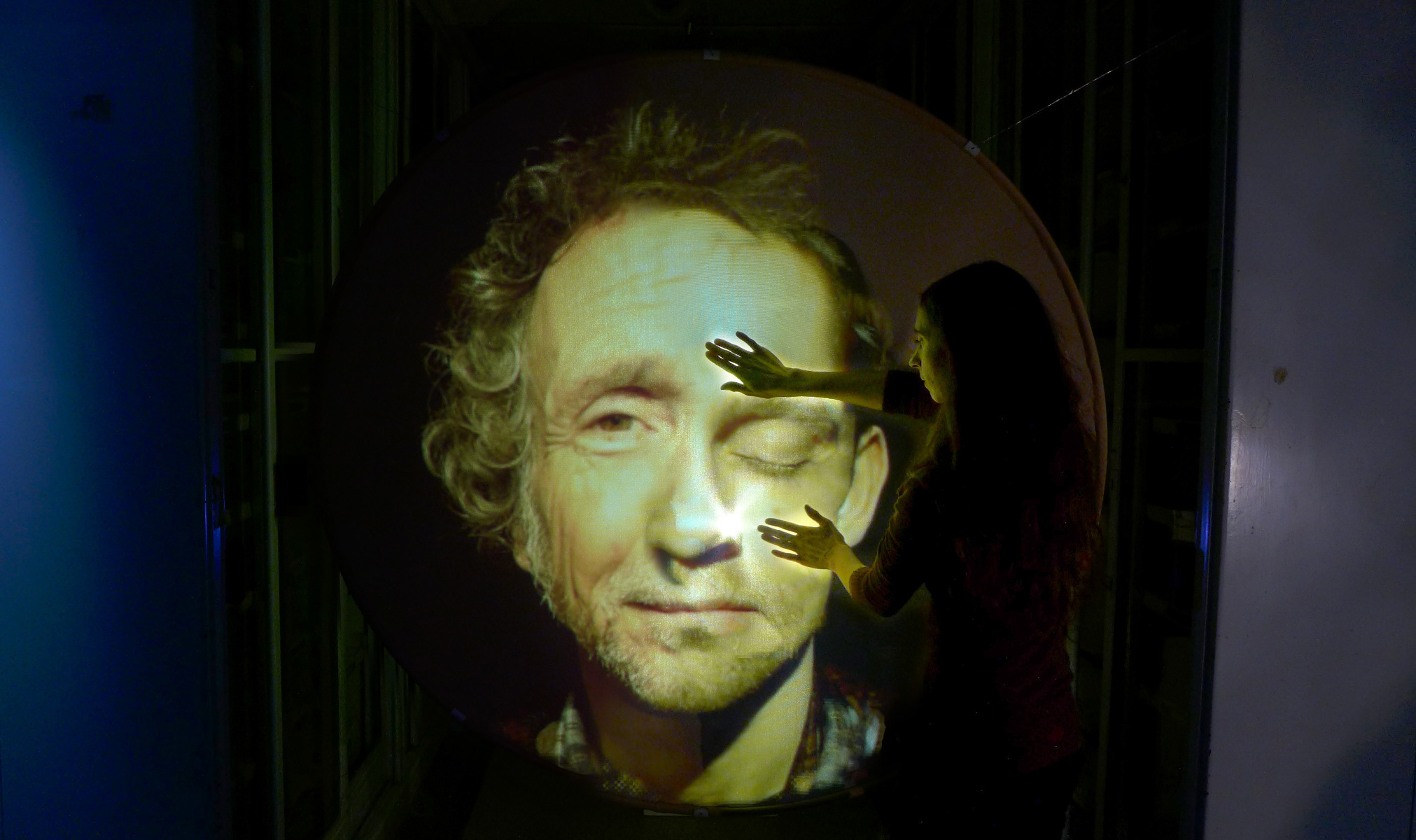
-
Cogito ergo sum
€ 28000,00 Excl. Taxes SCENOCOSME
-
Echos
€ 5700,00 Excl. Taxes SCENOCOSME
-
Fluorythme 2
€ 5700,00 Excl. Taxes SCENOCOSME
-
Inspirations
€ 26000,00 Excl. Taxes SCENOCOSME
-
Les Cent visages (The Hundred Faces)
€ 15000,00 Excl. Taxes SCENOCOSME
-
Matières Sensibles
€ 18700,00 Excl. Taxes SCENOCOSME
-
Rencontres Imaginaires
€ 8500,00 Excl. Taxes SCENOCOSME

